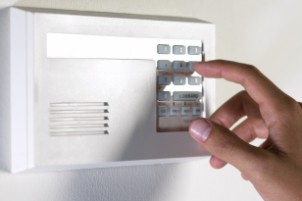Certified Nursing Assistants (CNAs) are required to be adept at using a variety of different instruments on a day-to-day basis. From instruments to monitor vital signs, to gear used to assist with medical procedures, a CNA must understand how to manipulate a host of health-care equipment. Here’s a list of some of the technical instruments that all CNAs must use during their days at work.
Electrocardiogram
An electrocardiogram (ECG or EKG) is a monitoring of the electrical activity completed by the heart over a period of time. CNAs are required to engage in electrocardiography with patients who have irregular heartbeats, or who have any cardiac-related symptoms at all. CNAs must both administer the ECG to a patient and understand the results once it is complete, in order to provide the patient with accurate information about their condition or necessary treatment requirements.
Sphygmomanometer
No, this isn’t just a word that’s impossible to pronounce. Generally referred to as a “pulse ox”, this device is a commonly used tool to measure pulse rates by CNAs. It consists of a pump, a hose, and a cuff attached to both. The cuff is securely wrapped around the bicep of a human, and the CNA uses the sphygmomanometer to accurately measure the pulse of the patient.
Stethoscope
Stethoscopes are complex devices that require intense training in order to use correctly. Used to measure heartbeats, stethoscopes consist of earbuds connected to an amplifier, which is placed on the chest of the patient. Used in conjunction with a sphygmomanometer, the stethoscope can be a helpful tool in monitoring blood pressure in patients of a CNA. It can also be used to listen to sounds make by the lungs, and is useful for discovering and monitoring the progress of respiratory infections such as pneumonia or bronchitis.
Thermometers
While most households retain thermometers for use in case of a fever or other temperature-related ailment, CNAs are required to use a different model for increased accuracy and efficiency. Trained in the use of tympanic thermometers, CNAs can use this device to read the temperature of a given patient in about two seconds. And instead of resembling the invasive devices that used to give nightmares to children everywhere, these convenient monitors can be placed into the ear canal to provide a quick accurate reading the process is extremely noninvasive.
Defibrillator
Commonly referred to in television medical dramas as “paddles”, defibrillators are devices that send a dose of electric energy to a patient’s heart in the event of an irregular heartbeat that leads to eventual failure. The defibrillator is used to help the body’s natural pacemaker restart on its own, with the hopes of allowing the heart to function normally without any assistance. CNAs must be trained in the usage of a defibrillator before working in a health-care facility.
Tools of the Trade
CNAs, just like any other professionals, must understand and be able to properly manipulate the technological instruments in their field. This list provides the main devices used by CNAs on a day-to-day basis in order to perform well and provide exceptional healthcare for their patients.

